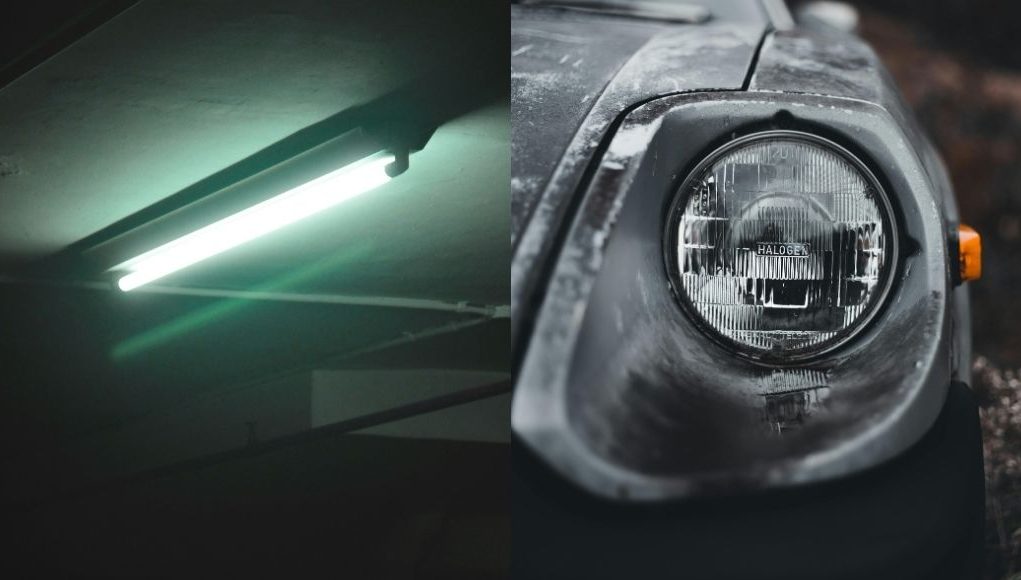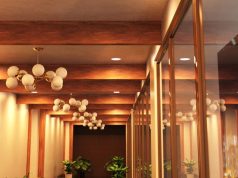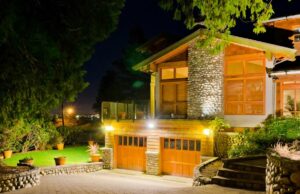Not to be the bringer of bad news, but the incandescent (Edison) bulb, after its invention in 1879, did not burn bright enough to last until the end of the 20th century. In fact, by the mid-20th century, people had started to move away from using incandescent lights. Why?
During the mid-century, while the world was preoccupied with World War II, the Space Race, and the onset of the Cold War, the incandescent light was also taking its last bated breaths. From the revolutionary warm, cosy glow of incandescent bulbs, the world would suddenly be enveloped in a brighter, more efficient light.
Enter fluorescent and halogen lamps. These buzzing (literally) new improvements to lighting would change the way we illuminate offices, schools, and homes. These were the “new kids on the block” that ushered in a new era of lighting, where upgrades were more than just upgrades; it was a cultural and commercial shift.
In this post, we’ll look at fluorescent vs halogen lighting and how they changed the way we work, learn, shop, and live.
Let’s flick the switch to find out more.
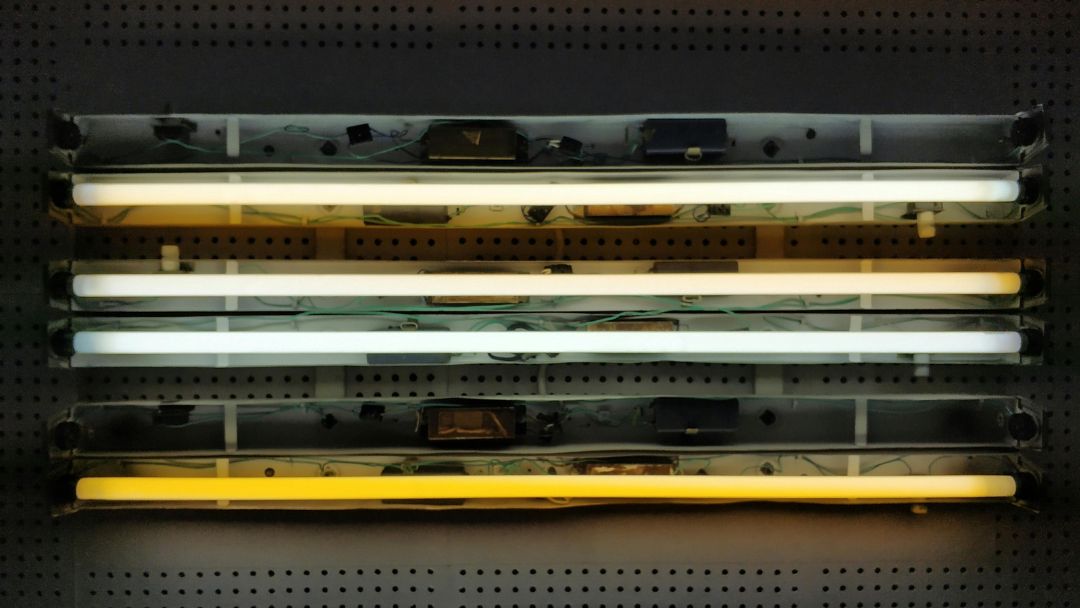
From Incandescent to Fluorescent: Why the Shift?
We can’t start talking about the history of fluorescent lighting without first addressing its predecessor.
(Nerd alert!) The incandescent bulb was like the Mark II of the Iron Man suits: it was functional, but it had its flaws. The biggest of them was that the incandescent bulb was an energy hog. They give off light, sure, but most of the energy? Burned off as heat. Because that’s how an incandescent bulb works: it burns its filament to produce light—a somewhat primitive approach compared to the innovations that followed.
Check out The Evolution of Lighting – From Fire to LED Innovation to know more about the history of the incandescent lamp.
The fluorescent lamp, on the other hand, was like the more efficient cousin in the lighting family. To someone who was used to the light produced by the incandescent lamps, when the fluorescent was first demonstrated, they would have seemed like something taken straight from science fiction.
Instead of a glowing wire, they used low-pressure mercury vapour and phosphor coatings to produce visible light. No more burning filaments!
But why were fluorescent lights such a big deal (aside from being new)?
- Efficiency boost: They use about 75% less energy than incandescent bulbs.
- Longer life: The tubes could glow for 7,000 to 15,000 hours. That’s like changing a bulb only once a decade (if you’re using it for only 4 hours a day)!
- Less heat: This results in a more comfortable environment, especially in warmer climates. Also, your air conditioning will thank you.
- Brighter light: Fluorescent tubes can produce higher lumen outputs than incandescent lamps.
- Cost: Though it had a higher upfront cost, its longer lifespan and reduced replacement costs greatly offset this, making it a more worthy investment in the long run.
Of course, the fluorescent tubes weren’t perfect. Especially the early models, fluorescents had that signature hum, took a moment to warm up, and weren’t exactly mood lighting—they flicker. However, they were REALLY good for offices, factories, and schools that required consistent, widespread lighting.
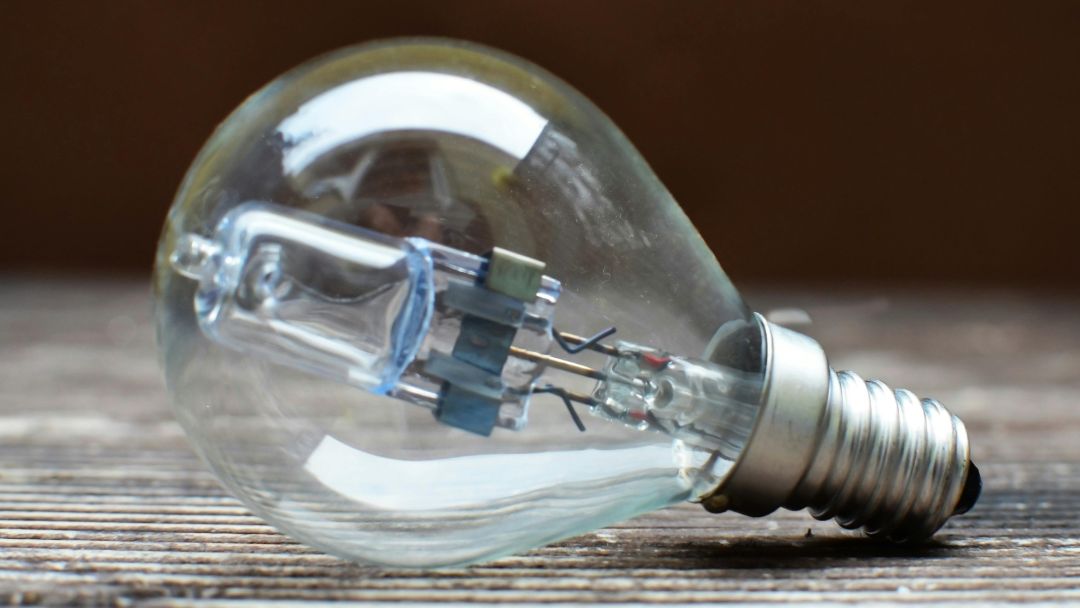
Halogen Bulbs and Their Role
Fluorescent tubes are practical. But if you were someone from the mid-century who wanted to live in style, fluorescent tubes weren’t going to win any style awards. Enter the halogen bulb: whiter, hotter (literally), and a tad more high-maintenance, but it was compact, bright, and fancy—well, compared to the fluorescent tube.
What they are, though, are essentially souped-up incandescents. An upgrade, if you will. The halogen bulb development didn’t start until around the 1950s, and they became commercially viable by the 1960s. The primary difference between the halogen lamp and the incandescent lamp is the addition of halogen gas (iodine or bromine) inside the bulb.
The halogen cycle: How the halogen bulb works
Buckle up and buckle in, science nerds! We’re going all science-y on this one. The halogen gas inside the bulb enables what is called the “halogen cycle.”
The tungsten vaporises from the filament → combines with the halogen → redeposits back into the filament → [repeat].
The result? A brighter, longer-lasting, and slightly more efficient version of the classic Edison light.
Some standout traits:
- Whiter light: Halogens produce a crisp, daylight-like beam, often used in automotive headlights, spotlights, and other applications requiring focused, bright light like reading, makeup mirrors, or showing off your living room art.
- Compact size: Tiny bulbs, big power. Ideal for projectors, car headlights, and designer lamps.
- Instant full brightness: Unlike fluorescents, halogens don’t need a warm-up nap before turning on.
Were they more efficient than incandescents? Yes — about 20–30% more. Were they as efficient as fluorescents? Not even close. But halogen bulbs had charm and style.
Common Applications in Homes and Industry
Both fluorescent and halogen lamps were superior options to incandescent lamps, and each found its own niche in the lighting market.
Fluorescent Lighting: The Champion of Utility
Fluorescent lights weren’t trying to be sexy. They didn’t need to be. Instead, they were functional. Rugged. Efficient. That’s why they ended up everywhere you needed serious lighting:
- Offices: Goodbye desk lamps, hello ceiling grids. Rows of long, white tubes just made overtime more bearable.
- Schools: Learning in the dark? Not ideal. Classrooms, hallways, and libraries all benefited from brighter (though sometimes flickering) light. It was better, not perfect.
- Hospitals: Clean, clinical, and energy-saving. A less gloomy healthcare facility is always appreciated.
- Garages & basements: Dad’s favourite place just got better.
- Supermarkets: It’s now easier to see expiration dates and which fruit was bad.
Halogen Bulbs: The Stylish Overachiever
Halogens, on the other hand, WERE trying to be sexy. They were the go-to for more precise and attractive lighting. Function came second:
- Home interiors: Think track lighting, pendant lights, recessed cans. Halogens were your go-to for achieving that “designer magazine” look for your home.
- Projectors & photography: That bright white beam? Perfect for accurate lighting.
- Automotive: Headlights, fog lights — halogens lit the road for decades.
- Retail: Got a fancy watch or handbag to show off? Halogens were perfect for your display cases and shelves.
Both types levelled up the lighting game. Lighting was no longer just about seeing in the dark. These lights became tools for productivity, ambience, and flair.
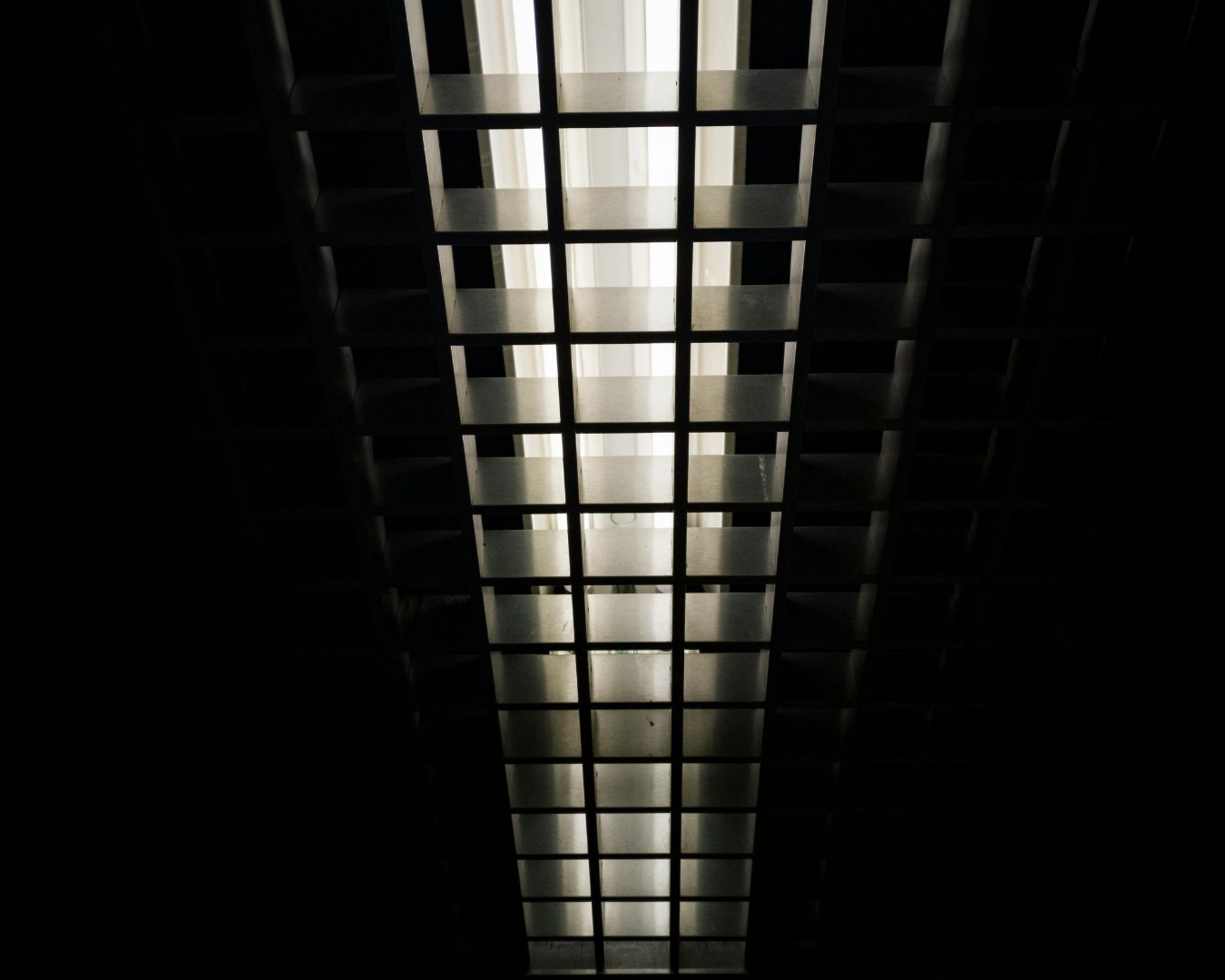
How They Paved the Way for LEDs
In the same way that the incandescent lamp sparked the innovations that led to the development of fluorescent and halogen lights, a new lighting revolution was waiting to be unleashed: LEDs.
Both fluorescent and halogen lamps showed us what needed improvement and what was lacking in the current modern lights (at the time).
What Did Fluorescents Teach Us?
- Energy efficiency matters: Fluorescents proved that lighting doesn’t need a massive load of power.
- Phosphor coating tech: Used in both fluorescents and today’s LEDs to convert blue light into white.
- Longer lifespan expectations: Consumers started expecting lights to last years, not just months. (Thanks to the Phoebus Cartel being made public.)
What Did Halogens Bring to the Table?
- Compact power: Halogens were the first to show that a small bulb could pack a bright punch.
- Brighter, whiter light: A key influence on early LED bulb goals.
- Dimmability & control: Halogens worked great with dimmers, something LEDs would later aim to match (and overtake).
LED lighting was the culmination of the two, combining the best of both worlds into one, while simultaneously eliminating the common problems associated with traditional lighting: heating, the use of hazardous gases, and high energy consumption.
Final Thoughts
Fluorescent and halogen lamps were the culmination of 20th-century lighting technology. They were the mid-century marvels that transformed how we lit our homes, how students learned, how workers hustled, and how we illuminated everything from supermarkets to skylines.
Fluorescent and halogen lamps weren’t perfect. They buzzed, flickered, and heated up (and did we mention the dangerous gases they used, like mercury?). But they were exactly what we needed at the time: a leap forward from the great Edison lamp, and a stepping (jumping?) stone for the best that was yet to come: LED lighting.
So next time you turn on lights (LEDs, we hope), tip your hat to the flickering fluorescents and glowing halogens that came before. Otherwise, we would still be shooting TikTok videos in the dimmer (although cosy) glow of the incandescent.


